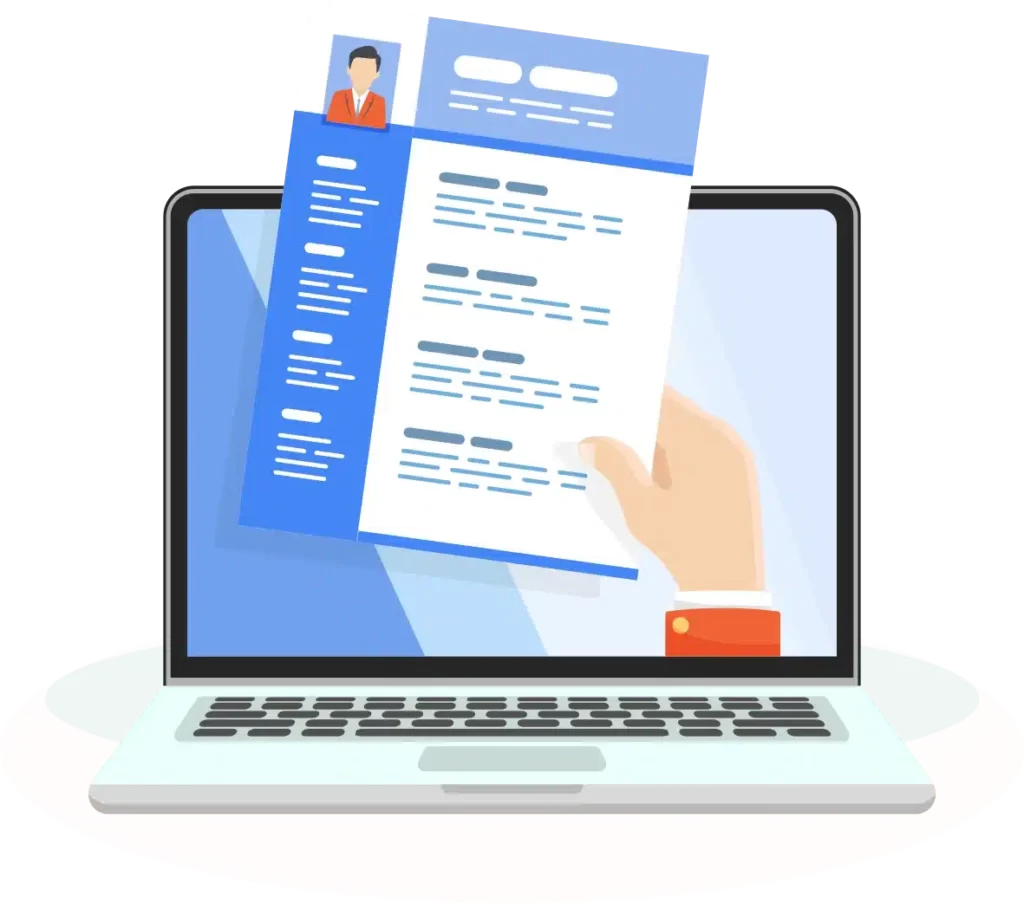Do I Need to Translate My CV to Dutch?
Translating your CV into Dutch can be a pivotal step in your job application process if you're considering career opportunities in the Netherlands or with Dutch companies. While English is widely spoken in many professional settings across the Netherlands, especially in international companies, having a CV in the local language can significantly enhance your chances of being noticed by potential employers. In this article, we will delve into the intricacies of whether translating your CV to Dutch is necessary, considerations to keep in mind, potential pitfalls, and tips for successful translations.
Why Consider a Dutch CV?
Understanding the Dutch Job Market
The Dutch job market is competitive, characterized by an influx of international talent and a strong emphasis on cultural fit. While many organizations operate primarily in English, especially in major cities like Amsterdam, Rotterdam, and Utrecht, a significant number of employers still prefer candidates who demonstrate proficiency in Dutch. A Dutch CV can help you:
- Showcase your language skills: By providing a CV in Dutch, you showcase not only your ability to speak the language but also your willingness to integrate into the Dutch culture.
- Cater to local recruiters: Many recruiters in the Netherlands prefer Dutch-language applications. Translated CVs can sometimes give you an edge, making your application more appealing.
The Role of Language in Cultural Integration
Language plays a significant role in cultural assimilation. By submitting a CV in Dutch, you reflect your commitment to adapting to local customs, potentially increasing your desirability as a candidate. Studies show that candidates who can communicate in the local language tend to receive more interview invites, as organizations often perceive them as a better fit for the company culture.
When Translation is Necessary
Job Requirements
Some employers explicitly state that candidates must submit their CVs in Dutch. If the job listing mentions a language requirement, failing to provide a Dutch translation could result in your application being disregarded.
Types of Positions
Certain roles in sectors such as healthcare, social services, and education often require Dutch fluency. If you are applying for these types of positions, a Dutch CV is not just beneficial but essential.
Company Preferences
If you are applying to a traditional Dutch company or a startup aiming for a local market, the likelihood increases that they will prefer a CV in Dutch. On the other hand, international companies with a Dutch presence may still accept CVs in English, especially if they operate in a global context.
How to Successfully Translate Your CV to Dutch
1. Know Your Audience
Understanding your potential employer and their preferences is key to translating your CV effectively. Research the company's work culture, industry standards, and the skills they value in candidates.
2. Use Professional Translation Services
While some may attempt to translate their CV using online tools, professional services can provide a more nuanced translation. A professional translator familiar with the Dutch job market can help adapt your CV's terminology and phrasing to better align with local expectations.
3. Tailor Your Content
When translating, make sure to tailor your CV content based on the expected norms in the Netherlands. For example, Dutch CVs are generally more straightforward and focus on your professional qualifications rather than personal attributes.
4. Maintain a Clean Layout
Formatting is critical. A clear, concise layout enhances readability, which is essential in making a good impression. Dutch recruiters often prefer a one-page CV that highlights relevant skills and experiences.
5. Highlight Relevant Experience
Make sure to emphasize experiences and skills that are pertinent to the job application—customizing your CV for each application can maximize your chances.
6. Use Keywords
Research keywords pertaining to your desired role within the Dutch market. Including these keywords in your translation ensures your CV is more easily discoverable by recruiters.
7. Proofread and Edit
Even after translation, proofreading is necessary. A CV with spelling or grammatical errors might present an unprofessional image. Always have a native Dutch speaker review your CV for accuracy and fluency.
Common Mistakes to Avoid
Improper Formatting
Don’t assume that CV formatting is universal. Make sure to adhere to Dutch standards, which often differ from those in other countries. For example, including a professional photograph is more applicable in the Netherlands than in many other regions.
Literal Translations
A literal word-for-word translation can lead to awkward phrasing. Be mindful of idiomatic expressions and cultural references; they may not translate well. Instead, aim for a translation that conveys the meaning effectively in the Dutch context.
Ignoring Dutch CV Standards
Dutch CVs typically highlight work experience and qualifications but often omit personal details such as marital status and age. Make sure to adhere to the local customs of CV writing.
Conclusion: Navigating Translation Decisions
The decision to translate your CV into Dutch largely depends on your circumstances and the specific jobs you're targeting. While it may require additional effort, a well-translated CV can significantly boost your prospects in the Dutch job market.
If you're unsure how to craft an effective CV tailored to the Dutch job market, we offer a highly effective CV template based on the Harvard model. This template includes comprehensive guides and recommendations that will help you structure and articulate your experiences in a manner that appeals to potential employers.
Check It Out!
To learn more and download our perfect Harvard-style CV template, visit https://cursos2cn.com/descargar-curriculum-perfecto-segun-harvard-cv/.
Thus, translating your CV to Dutch might just be the edge you need in your job application. Embrace the challenge, and take one step closer to your dream job in the Netherlands!





